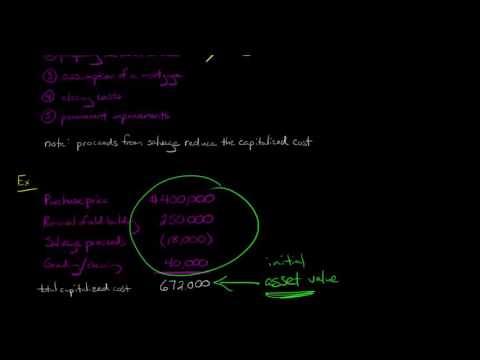
It is used to adjust the LIFO firms ending inventory and COGS back to FIFO for comparison purposes. Most importantly, it helps the company in deciding to launch new products. Secondly, with the help of LIFO liquidation, older stocks get liquidated.
A https://intuit-payroll.org/ liquidation is when a company sells the most recently acquired inventory first. It occurs when a company that uses the last-in, first-out inventory costing method liquidates its older LIFO inventory. A LIFO liquidation occurs when current sales exceed purchases, resulting in the liquidation of any inventory not sold in a previous period.
Dollar-Value LIFO
To be useful in decision making, such comparisons must be in dollars of the same point in time. That is, the dollars held now must be accumulated or rolled forward, or future dollars must be discounted or brought back to the present dollar value, before comparisons are valid. Such comparisons involve future value and present value concepts. Last-In First-Out is the opposite of First-In First-Out . Some systems permit determining the costs of goods at the time acquired or made, but assigning costs to goods sold under the assumption that the goods made or acquired last are sold first.
- Financial InformationFinancial Information refers to the summarized data of monetary transactions that is helpful to investors in understanding company’s profitability, their assets, and growth prospects.
- Point taken Super I, although the lack of “material” inflation over the last 25yrs has helped to keep many inventory cost trends fairly level .
- Except where noted, content and user contributions on this site are licensed under CC BY-SA 4.0 with attribution required.
- We hope you’ve enjoyed reading CFI’s explanation of LIFO Liquidation.
- Would an analyst consider ending inventory asset value more useful if computed using LIFO or FIFO?
- Inventory ManagementInventory management in business refers to managing order processing, manufacturing, storage, and selling raw materials and finished goods.
The impact of the LIFO reserve can vary depending on how the transaction is handled. If the dealership buy-sell is an asset sale, the selling dealership entity would likely recapture the entire LIFO reserve as ordinary income in the year of sale. In this instance the actual tax liability on the LIFO reserve has been triggered in full. Point taken Super I, although the lack of “material” inflation over the last 25yrs has helped to keep many inventory cost trends fairly level .
Reserves:
For this reason, non-operating assets are usually eliminated from the balance sheet. The cost of ending inventory carried on the balance sheet is equal to beginning inventory, plus inventory purchases, minus COGS. As you liquidate LIFO inventory and lower your COGS, the value of inventory on your balance sheet rises. This increases your current assets and working capital.
Adjusted Book Value Definition – Investopedia
Adjusted Book Value Definition.
Posted: Sat, 25 Mar 2017 23:30:10 GMT [source]
Assume a company uses the LIFO cost flow assumption. Identify any FIFO-computed values that are useful for analysis purposes, and explain how they are determined using financial statement information. In such a case, if the raw materials costs are predicted to rise, the company can stock up its raw materials gradually at lower costs and then liquidate later, thus booking higher profits. Some companies use the Dollar-value LIFO method for inventory liquidation.
Dollar-value LIFO
Each Explain Lifo Reserve And Lifo Liquidation in ending inventory is calculated by multiplying the layer at base year prices by the price index for the year the layer was added. It is more difficult to erode LIFO layers using dollar value technique than it is with specific goods pooled LIFO. The capitalized interest is then depreciated over the life of the asset. Because the result is a higher interest coverage ratio, some analysts reverse the transactions and treat the interest as an expense. Older stock piled up in the warehouse might lead to an incorrect valuation of the goods at the time of actual sale. During LIFO liquidation, the inventory can be segregated and pooled together with the items which are similar to each other, which forms a group of items. This helps in better and more realistic calculations.
- The gross profit on these units is higher than the gross profit that would be recognized using more current costs.
- The change in the balance of the LIFO reserve during the current year times the income tax rate results in the difference in the income tax for the year.
- The COGS figure no longer reflects the current cost of inventory sold.
- LIFO inventory may have a rocky future, as the International Accounting Standards Board frowns on it.
To offset the difference if a negative occurred during the change in the method of valuation. It would not be appropriate to defer the effect of the liquidation at year-end even if affected inventories are expected to be replaced soon after year-end.
Picture a barrel holding a bunch of …golf balls. As you sell them, you order more and top off the barrel. If in one year you end up selling more than you added in, you’ll end up digging down and selling some of the older golf balls that have been sitting near the bottom of the barrel for years. When your sales in terms of physical units exceeds your purchases during the year, you end up selling some old, lower cost items that have been included in ending inventory in the past.

